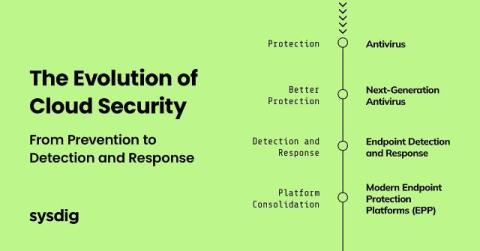The evolution of cloud security: Lessons from the past to navigate the future
Remember asking your teachers when you would need to know history facts outside of school? They probably said that learning history is important in understanding our past and how society has changed and progressed over time, and that we can learn from past experiences and mistakes. They were right, of course (even if it might not have felt like it then). And that’s all equally true when it comes to the history of security.










